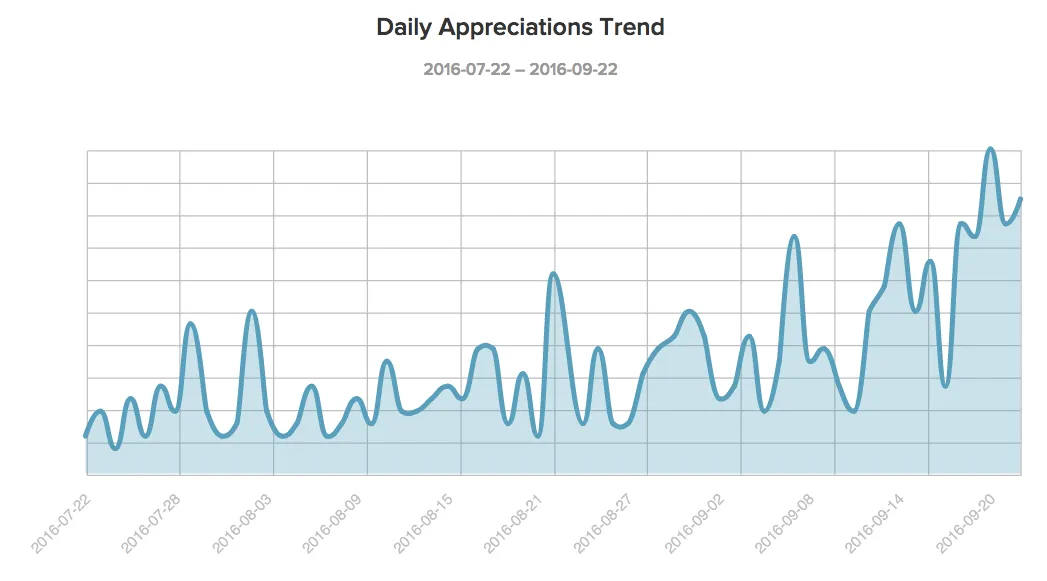Last Updated on August 31, 2023 by David
Exploring new ways to create customer-focused teams.
Those of you that have worked with our customer experience team before know that we do things a little differently at Reamaze. There’s no “customer support” team and there’s no “customer success team”. The two together make up our customer experience team.

The keyword here is experience. We want to ensure our customers have the best experience possible. Whether or not that’s a manifestation of support or account growth is irrelevant to our definition of a good experience. We have strong opinions about how customers should be treated and many ideas on how to execute on those opinions.
“Awesome tools and an ultra responsive and very cool support crew.”
It’s simple really. When customers reach out to us, the first teammate that responds becomes their customer service go-to, their customer success manager, their technical account manager. There’s a single point of contact and clear set of expectations formulated from the very beginning of the relationship. This mode of interaction frees our customers from abiding by our rules. There are no customer service hours, no specific wait times, no hoops to jump through. The interaction between customer and customer experience teammate is a learned process for both parties.
“This app has almost everything for the customer service. Their support is awesome too. I want to give them 10 stars, if it’s possible. Thank you for saving our time.”
Each customer is unique and each customer experience should be unique as well. We’ve refined our philosophy even more over the past few years to enable customer experience teammates to establish their own process and “rules of engagement” so the customers they work with can be reflected by a series of habits. We’re trying to emulate the essence of any good relationship: trust.
“Customer support armed me with the know-how to get started and showed great patience as I was learning.”
We’re not making any of this up. Our data from the past 2 months (see graph above) shows a dramatic increase in the number of daily customer appreciations after training our team on new nuances introduced to the platform.
This structure works well for us because our customer experience team is well versed in both customer service as well as technical account management. They’re able to resolve questions about payments just as well as they can resolve questions about integrating our JavaScript widgets. For on-boarding in particular having cross-discipline skills is by far the #1 contributing factor to positive customer experiences. When Cindy or George can help answer billing questions, clarify certain nomenclature, and get the JavaScript embedded all in under 30 minutes, you can be sure the customer is having a blast of an experience.
“The best part is how responsive and helpful they are to my inquiries. Their service is impeccable and I even use them as a role model to help better serve my customers.”
